Quaking Aspen Tree Disease
Quaking aspen tree disease. Many aspen are turning orange this spring. It is found from the northern limit of trees in northwestern Alaska through the western United States and into northern Mexico. This disease is primarily one of the mature quaking aspen gaining access through wounds in the trees bark.
One of the most serious foliar diseases of the quaking aspen is black leaf spot caused by a Marssonina a fungus. It is one of the most destructive diseases to aspens in forests and in the home landscape. The foliage often falls from the affected trees prematurely and the fungi overwinter in the fallen leaves.
Damage to a tree that compromises these functions can result in reduced tree vigor fewer defenses and ability to grow or when severe or in concert with other agents in tree death. Hypoxyon canker is one of the largest killers of quaking aspen trees in North America. Three kinds of fungi cause black leaf diseases on aspen trees.
The Quaking Aspen is botanically called Populus tremula. Aphids are also known as plant lice. Most of these diseases can defoliate the tree.
Agents damaging to quaking aspen although other hosts are noted. These are small insects and affect the stem trunk and developing leaves. Diseases caused by Marssonina and Septoria fungi begin as small black spots that grow and eventually join forming large black dead spots on the trees leaves.
In fact possibly the largest living organism on earth is a 100- acre clonal genetically identical stand of quaking aspens called Pando near Fish Lake Utah. In the Great Lakes region hypoxylon canker is the main cause of early death to quaking aspen. Step 1 Clean the garden bed in fall to remove all fallen leaves and twigs.
Although it requires repeated severe incidents of leaf blight and dieback to kill a tree annual leaf blight makes aspens look unhealthy and reduces the desirable characteristics of delicate branches and green fluttering leaves. Quaking aspens attract various disease organisms including ink spot pathogens Ciborinia spp and marssonina pathogens Marssonina spp.
Step 1 Clean the garden bed in fall to remove all fallen leaves and twigs.
Many aspen are turning orange this spring. The leaves are roundish and the flowers are gray-brown greenish. Damage to a tree that compromises these functions can result in reduced tree vigor fewer defenses and ability to grow or when severe or in concert with other agents in tree death. Another common aspen tree problem is cytospora canker. He various parts of a tree serve diferent functions in feeding protect ing and stabilizing a tree. In fact possibly the largest living organism on earth is a 100- acre clonal genetically identical stand of quaking aspens called Pando near Fish Lake Utah. If playback doesnt begin shortly try restarting. Aspen Tree Diseases Aphids. With hypoxylon canker being a major contributor to mortality rates in the Twin Cities.
With hypoxylon canker being a major contributor to mortality rates in the Twin Cities. In the urban setting these trees have proved to have many disease and insect problems. If playback doesnt begin shortly try restarting. Quaking Aspen is the most abundant and widespread tree in Minnesota as well as the most common Populus species in. Aspen Tree Diseases Aphids. One of the most serious foliar diseases of the quaking aspen is black leaf spot caused by a Marssonina a fungus. He various parts of a tree serve diferent functions in feeding protect ing and stabilizing a tree.



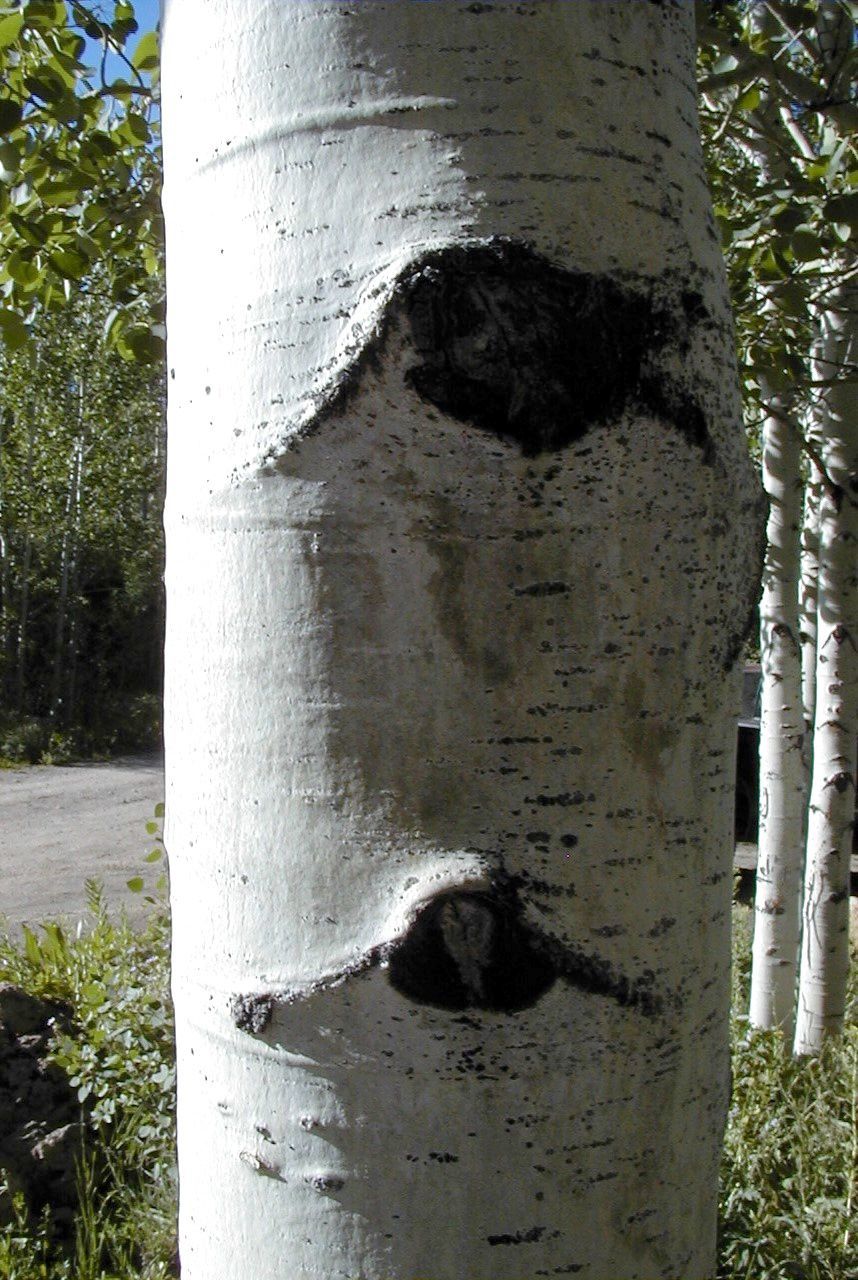
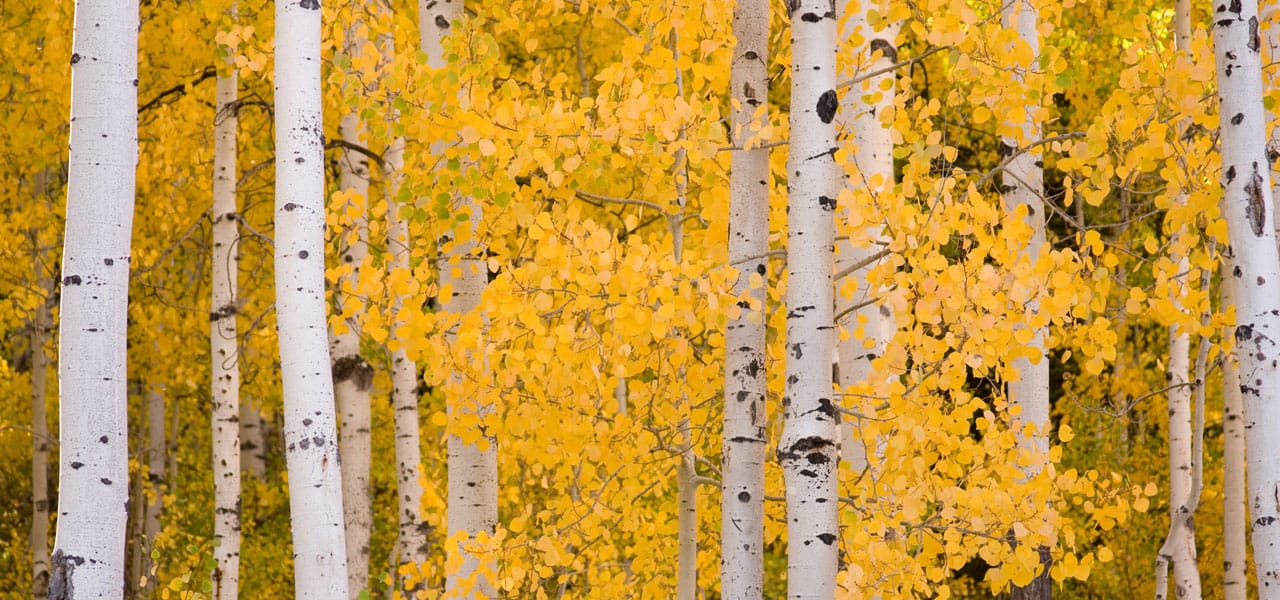

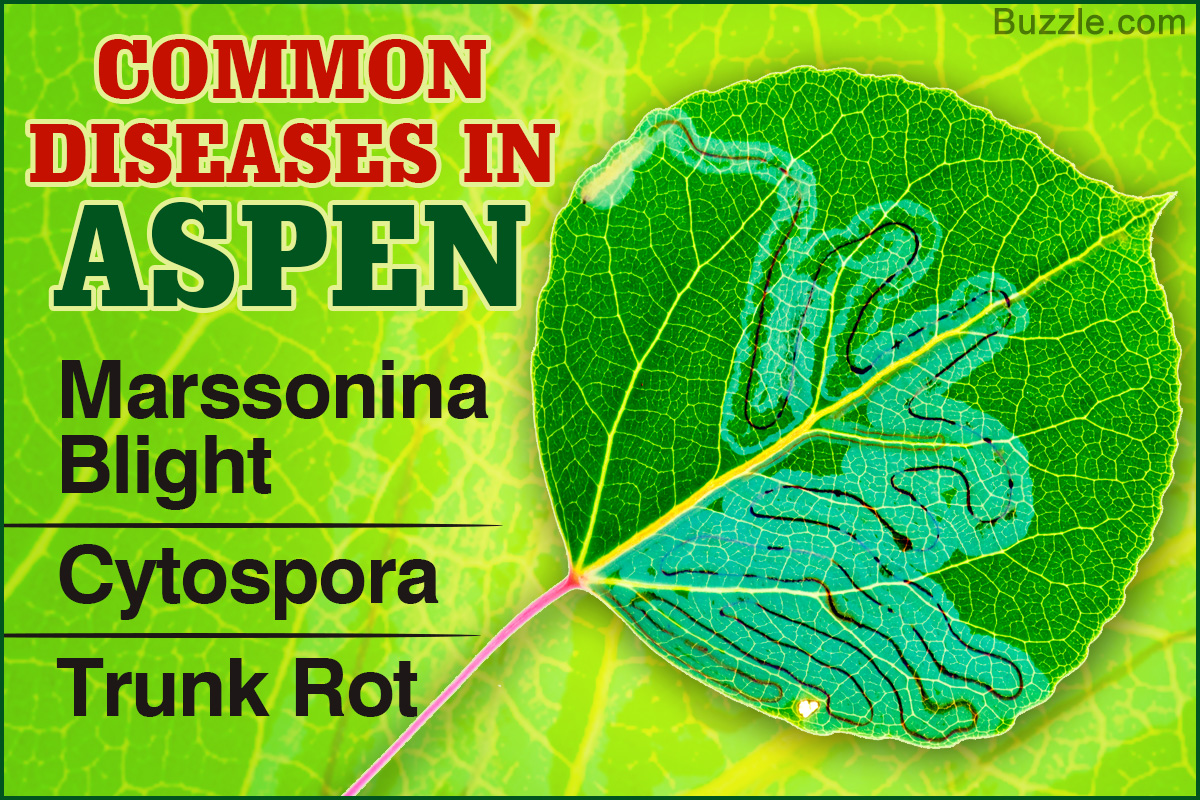
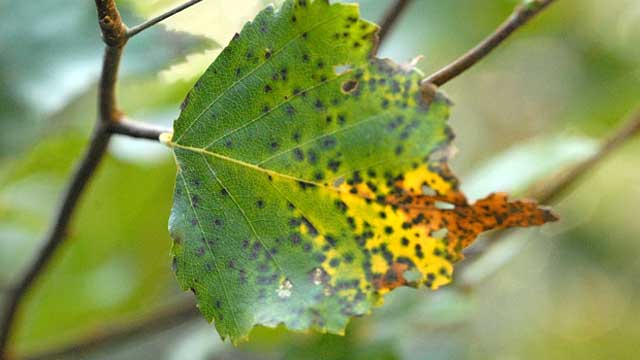
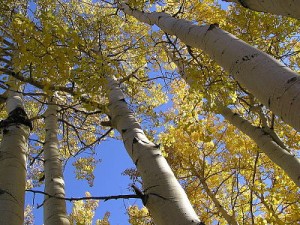






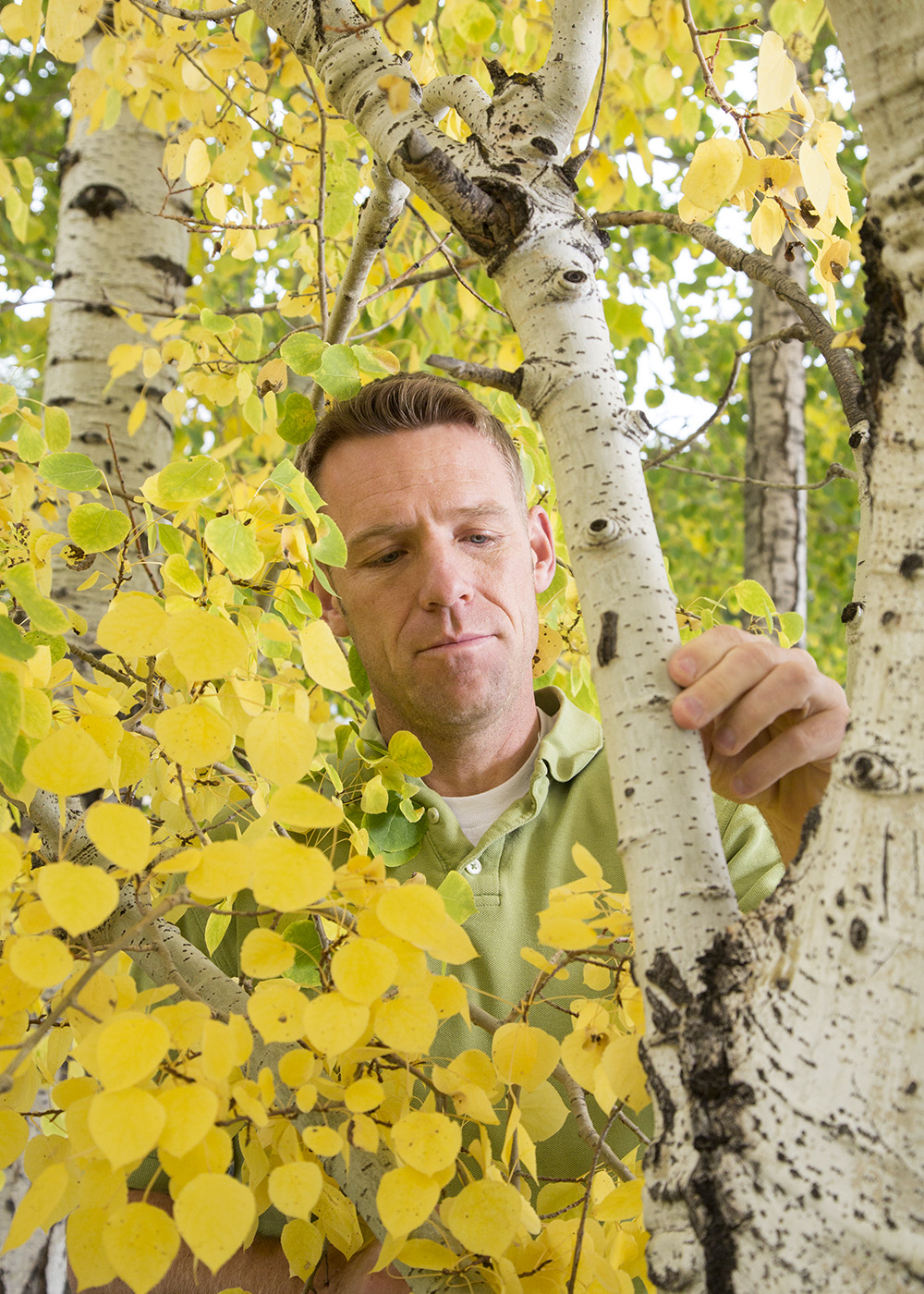







/quaking-aspen-fall-big-56a588f85f9b58b7d0dd4654.jpg)

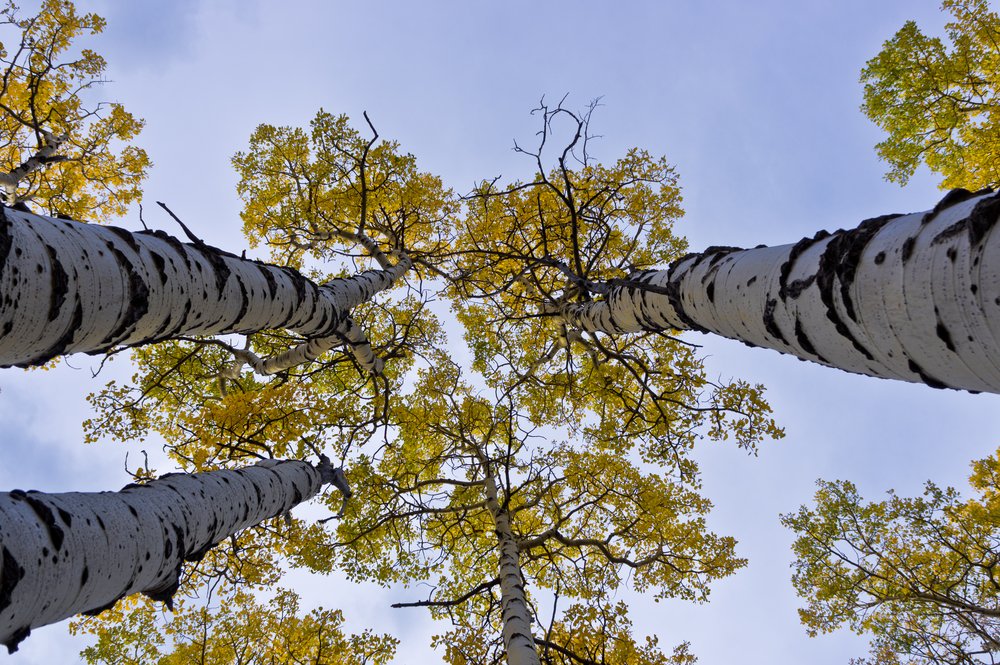



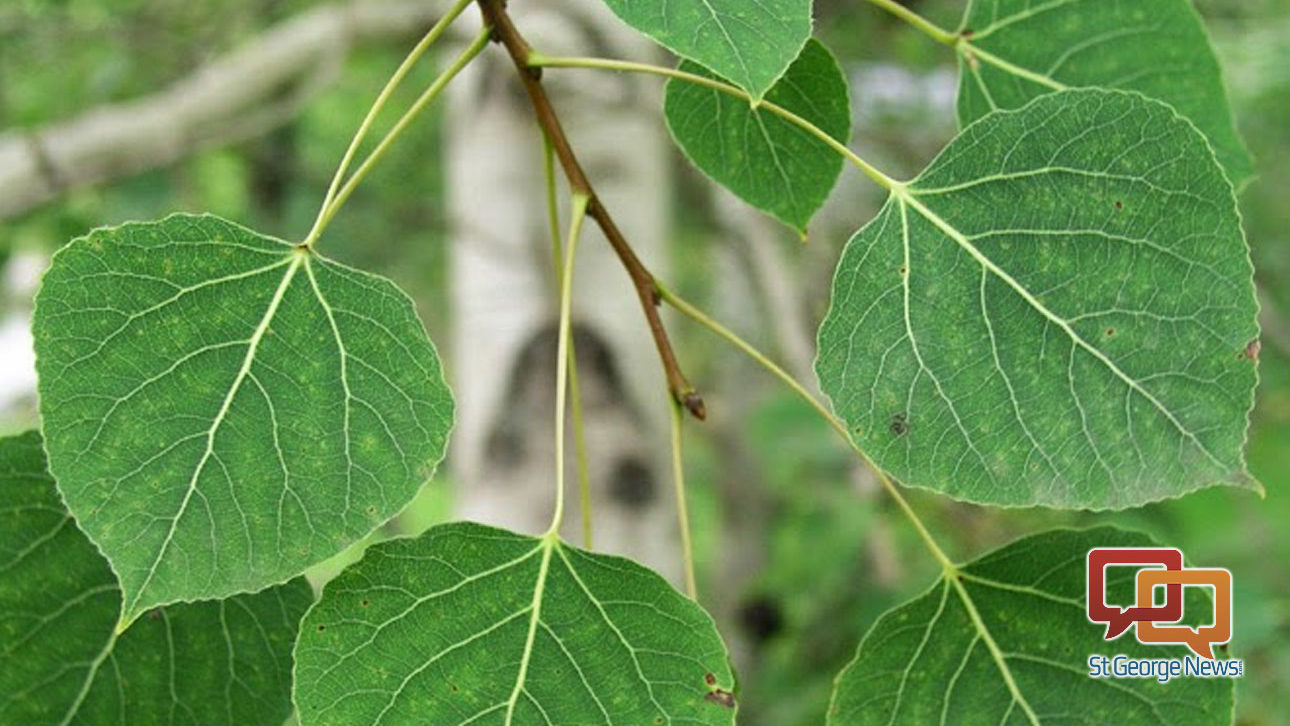


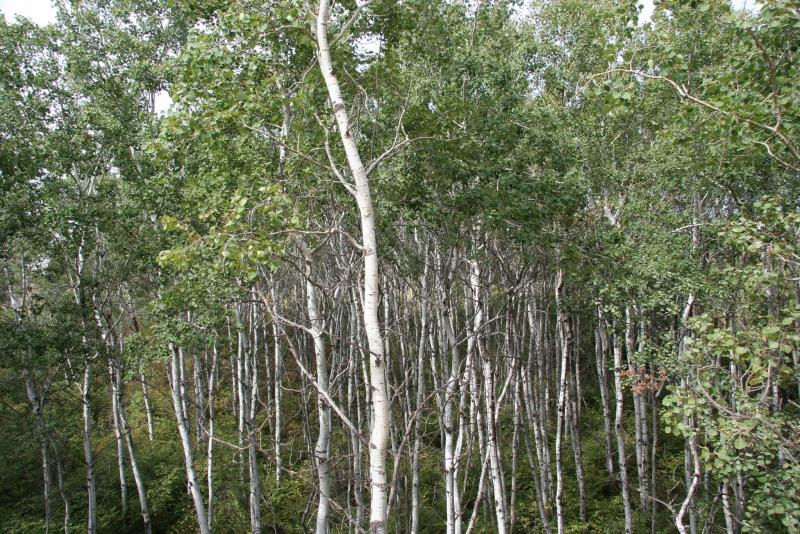






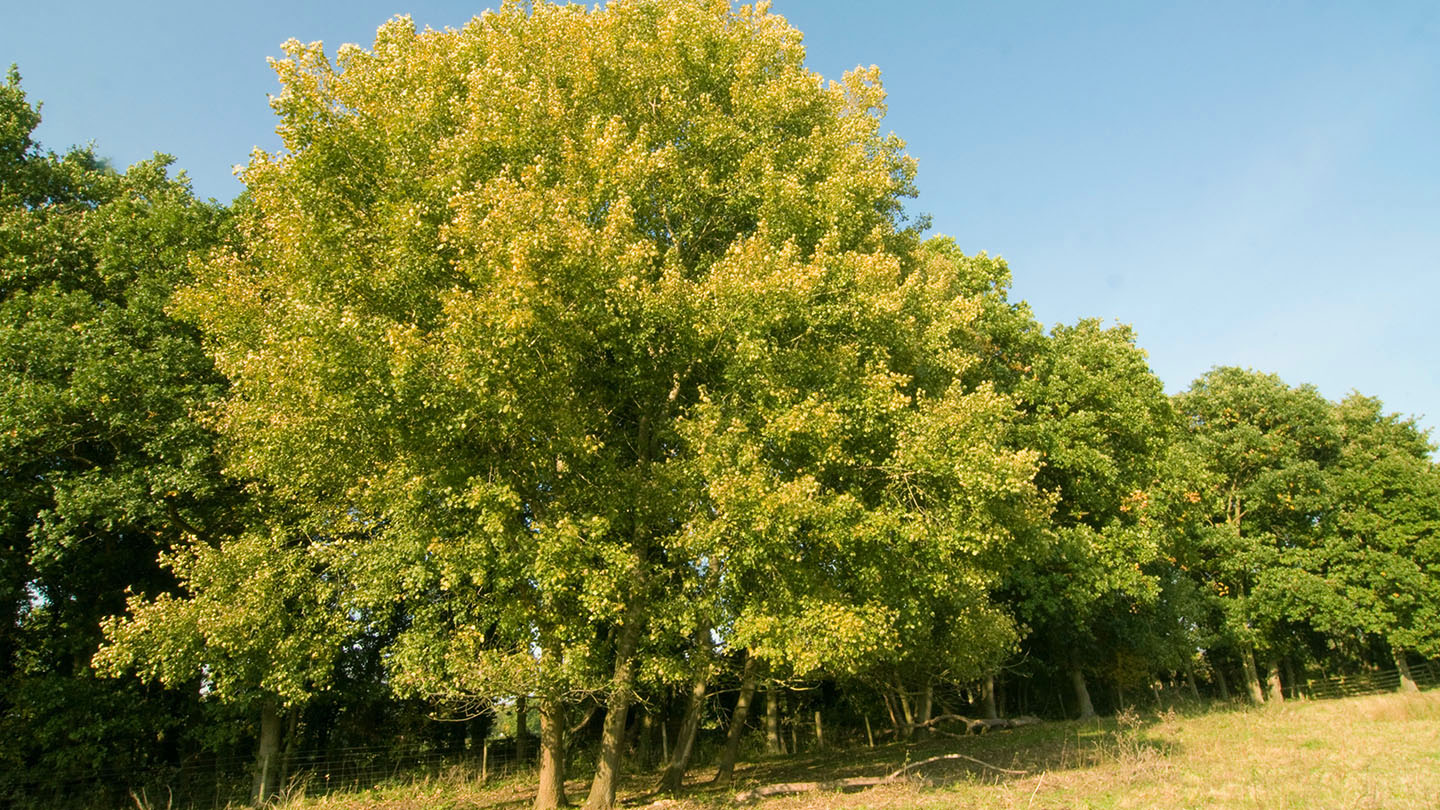
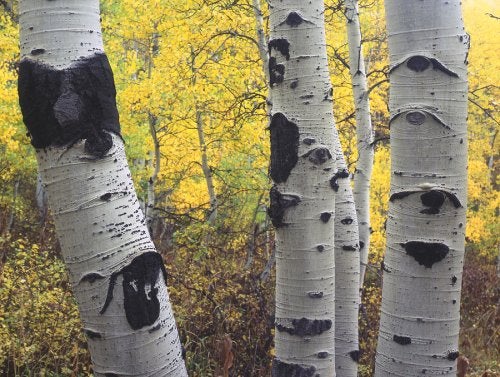
Post a Comment for "Quaking Aspen Tree Disease"